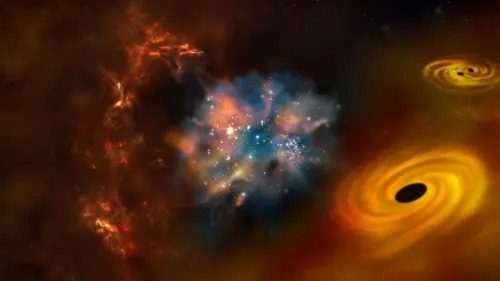
A groundbreaking study unveils a captivating revelation about the early universe: it was brimming with celestial giants, stars colossal enough to overshadow our sun by a staggering factor of 10,000.
Delve into the findings of this remarkable research, which sheds light on the awe-inspiring nature of the cosmos during its infancy.
Join us as we embark on a journey through time and space to explore the cosmic Dark Ages, the formation of these mammoth stars, and their fleeting existence.
The Birth of Stellar Behemoths
Discover how the first stars in the cosmos emerged from the depths of the cosmic dark ages and ballooned to sizes unimaginable today.
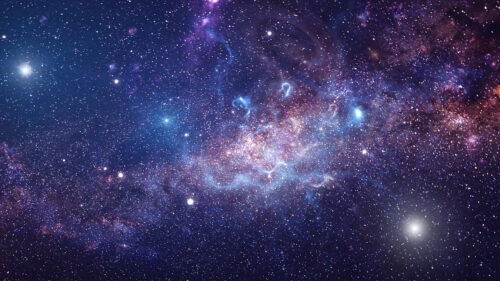
Learn about their extraordinary mass, exceeding 10,000 times that of our sun, and their captivating but short-lived existence.
-Unveiling the Cosmic Dark Ages
Travel back over 13 billion years to a universe devoid of stars, where a warm soup of neutral gas composed mainly of hydrogen and helium prevailed.
Dive into the cosmic Dark Ages and understand how neutral gas gradually gathered, leading to the formation of dense matter balls.
-The Crucial Role of Heavy Elements
Explore the significance of heavy elements in star formation and how the scarcity of these elements during the early universe posed unique challenges.
Gain insights into the absence of rapid heat release and the difficulties faced by the first generation of stars during their formation.
-Unraveling the Puzzle: Simulating the Dark Ages
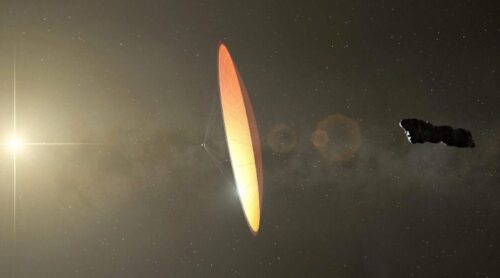
Step into the world of advanced computer simulations as astrophysicists delve into the mysteries of the cosmic Dark Ages.
Learn how these simulations, incorporating cold fronts and various cosmological factors, provide valuable insights into the formation of the first stars.
-The Dance of Radiation and Neutral Gas
Understand the complex interplay between radiation and neutral gas that fueled the birth of massive neutral gas pools, marking the dawn of the first galaxies.
Explore the formation of rapidly spinning accretion disks and the role of cold fronts in triggering the appearance of the first stars.
-Supermassive Stars: Brilliant but Ephemeral
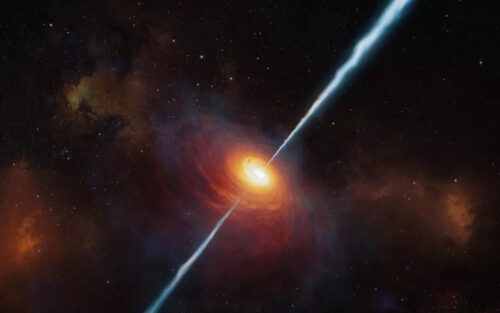
Witness the spectacle of the first stars, colossal clumps of neutral gas that ignited their fusion cores all at once.
Discover their dazzling brilliance and tragically short lifespans, lasting less than a million years compared to the billions of years stars in the modern universe can endure.
-Supernova Explosions and Cosmic Legacy
Uncover the explosive fate of these ancient giants as they met their end in furious supernova bursts.
Learn how the products of their internal fusion reactions, including elements heavier than hydrogen and helium, seeded subsequent star formation, forever shaping the cosmos.
Reflect on the profound implications of this remarkable study, which unveils the existence of mammoth stars that once graced the early universe.
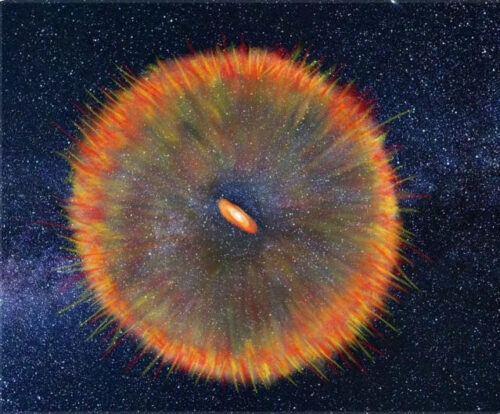
Contemplate the unique conditions that allowed their formation and how their legacy influenced the cosmic narrative.
As we continue to unravel the mysteries of our vast universe, these celestial giants remind us of the extraordinary wonders that await our exploration.
